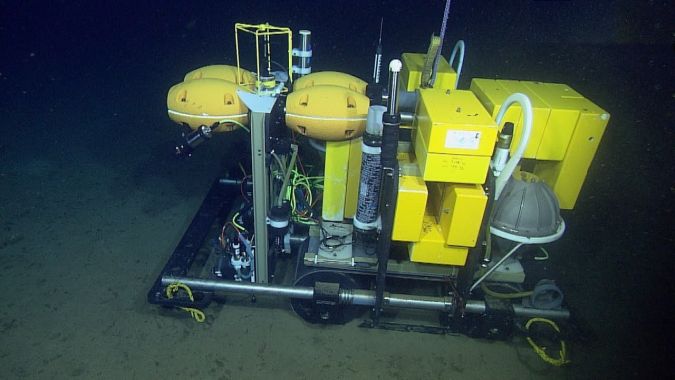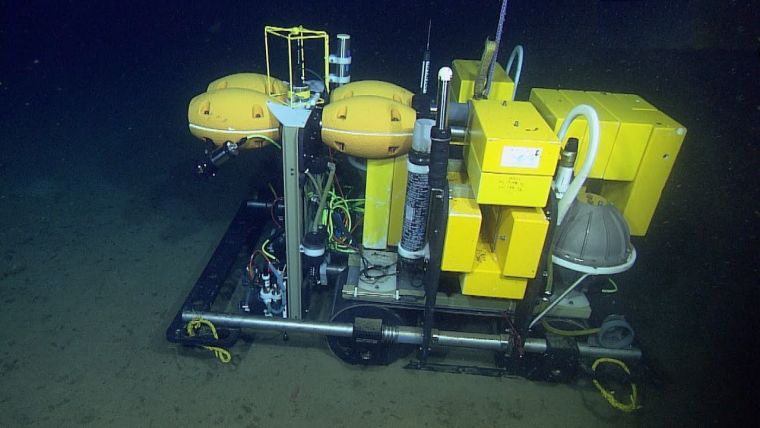Autonomous Robotic Rover for Monitoring Deep-sea Carbon Cycle
The sheer expanse of the deep sea and the technological challenges of working in an extreme environment make these depths difficult to access and study. Scientists know more about the surface of the moon than the deep seafloor. MBARI is leveraging advancements in robotic technologies to address this disparity.
An autonomous robotic rover, Benthic Rover II, has provided new insight into life on the abyssal seafloor, 4,000 metres beneath the surface of the ocean. A study published in Science Robotics details the development and proven long-term operation of this rover. This innovative mobile laboratory has further revealed the role of the deep sea in cycling carbon. The data collected by this rover is fundamental to understanding the impacts of climate change on the ocean.
“The success of this abyssal rover now permits long-term monitoring of the coupling between the water column and seafloor. Understanding these connected processes is critical to predicting the health and productivity of our planet engulfed in a changing climate,” said MBARI senior scientist Ken Smith.
A Long-term Solution for Monitoring the Abyssal Seafloor
Despite its distance from the sunlit shallows, the deep seafloor is connected to the waters above and is vital for carbon cycling and sequestration. Bits of organic matter – including dead plants and animals, mucus and excreted waste – slowly sink through the water column to the seafloor. The community of animals and microbes on and in the mud digests some of this carbon while the rest might get locked in deep-sea sediments for up to thousands of years.
The deep sea plays an important role in Earth’s carbon cycle and climate, yet we still know little about processes happening thousands of metres below the surface. Engineering obstacles like extreme pressure and the corrosive nature of seawater make it difficult to send equipment to the abyssal seafloor to study and monitor the ebb and flow of carbon.
In the past, Smith and other scientists relied on stationary instruments to study carbon consumption by deep seafloor communities. They could only deploy these instruments for a few days at a time. By building on 25 years of engineering innovation, MBARI has developed a long-term solution for monitoring the abyssal seafloor.
“Exciting events in the deep sea generally occur both briefly and at unpredictable intervals; that’s why having continuous monitoring with Benthic Rover II is so crucial,” explained Electrical Engineering Group lead Alana Sherman. “If you’re not watching all the time, you’re likely to miss the main action.”















